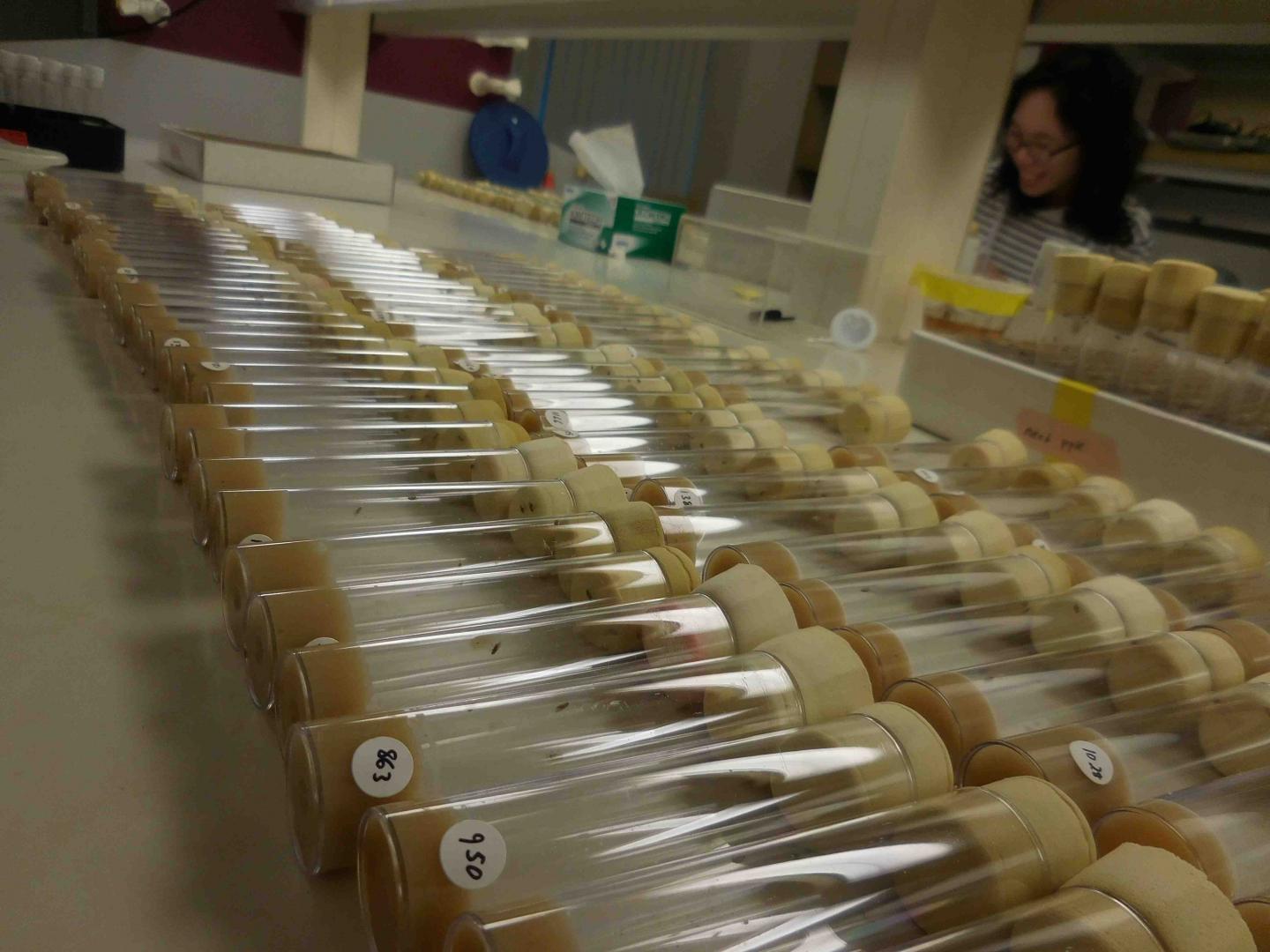In the segment of the scientific community that studies animal behavior, a question asked repeatedly is whether rational thought exists in species other than human, and how prevalent it is. Not choices made based on ingrained survival instincts, but thought that drives decision making.
That intriguing concept has been found to exist. But a new paper just released focusing on continuation and evolution of species states that a team of University of Washington researchers, in describing their work, "is among the first to see if rationality extends to mate choice."
They did this by studying the practices and habits of fruit flies.
Led by Daniel Promislow, the senior author of the study titled, "Mate choice in fruit flies is rational and adaptive," the team found though a series of experiments that when males were "presented with a pair of females as potential mating partners ... [they] displayed a consistent, ranked preference regarding which female to mate with."
 Mr. Promislow, a professor of pathology and biology, said the fruit flies, which according to the university's statement, are "perhaps the most widely studied insect in history," displayed what is known as "transitivity."
Mr. Promislow, a professor of pathology and biology, said the fruit flies, which according to the university's statement, are "perhaps the most widely studied insect in history," displayed what is known as "transitivity."
Quoting from the study, funded by the National Institutes of Health and published today in the journal Nature Communications, the researchers wrote that, "The major hallmark of rational choice is transitivity (if A>B and B>C, then A>C). Transitivity comes about because the relative benefits of each choice should remain fixed, which leads to a linear rank order of options, and choosers should favour the highest ranking option in any scenario." And extending that concept to mating, "these rational choices are associated with direct benefits, enabling males to maximize offspring production."
The essence of the testing went like this: A male from one strain of fruit flies was placed in a confined space, or "arena," with two female flies, each from a different strain (see above; photo courtesy of University of Washington, Devin Arbuthnott). Each female was tagged with a different fluorescent powder so researchers could see which mated with the male. The males were tested against 45 female pairs, and this process was performed between 10 and 20 times. And in the final analysis the males "displayed a consistent, ranked preference" for one of the females. (For more details of the study, click here.)
Another noteworthy conclusion from the study was that it isn't always the female who gets to select a mate, as it's known to be in many species.
"There is a classic theory that females are the 'choosy' sex and males aren't choosy," said Mr. Arbuthnott, a postdoctoral researcher at the University of British Columbia. "We wanted to show that males are definitely making choices too when interacting with the females."

